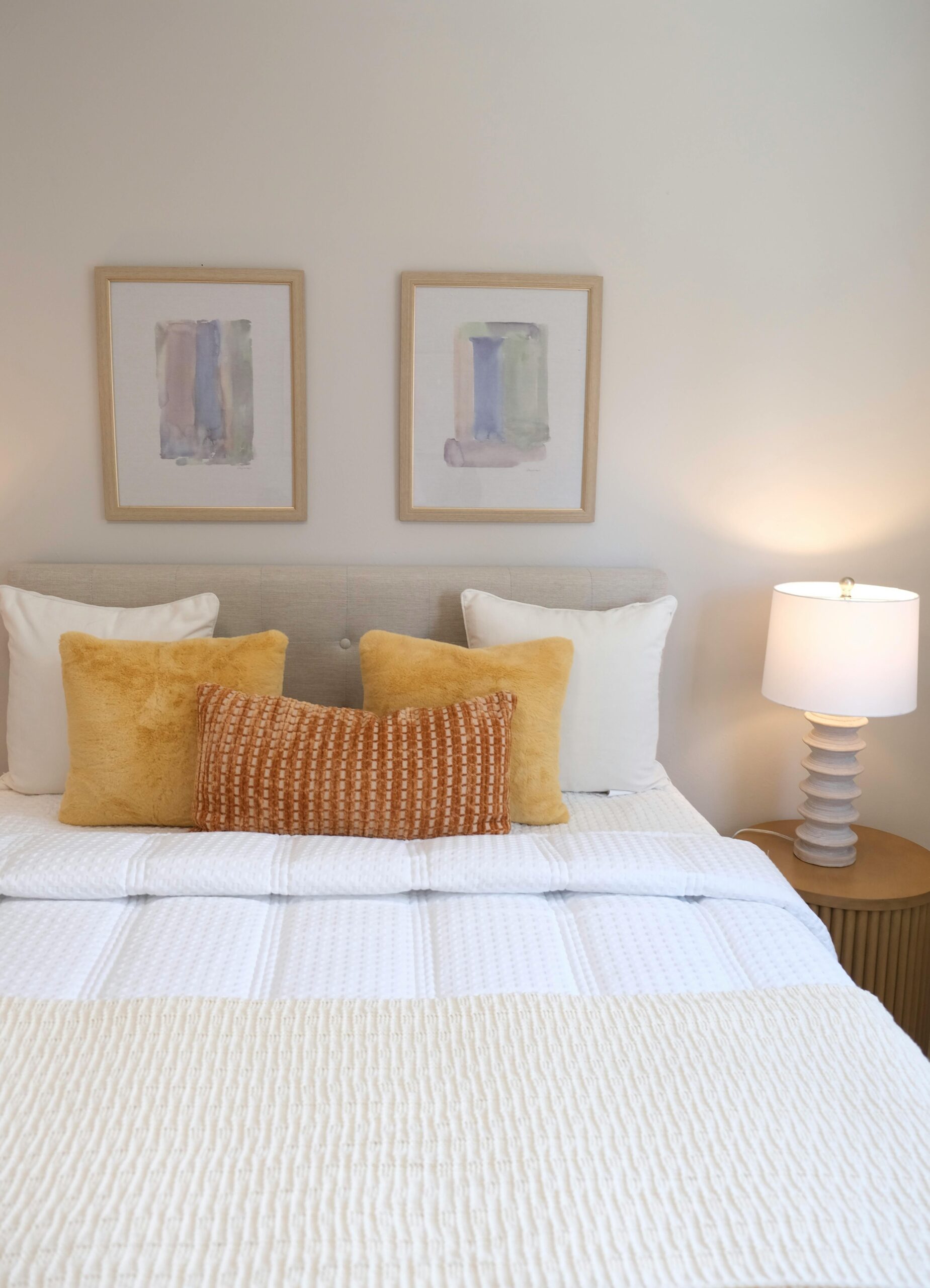When reality becomes poetry through light
Walk into a luxury home in 2026, and you’ll witness something that defies the traditional boundaries between physical and digital space. Holographic light installations cascade down walls like liquid stardust, while color therapy systems respond to your biometric data in real-time, shifting from energizing citrine yellows during morning coffee to calming indigo blues as evening approaches. This isn’t science fiction—it’s the revolutionary frontier of neuro-luxury design where light architecture meets therapeutic wellness.
The problem with today’s luxury interiors lies in their static nature. Despite investing millions in rare materials and custom craftsmanship, even the most exquisite spaces remain fundamentally unchanged from morning to night, season to season. But what if your living space could evolve as dynamically as your mood, health needs, and daily rhythms? Welcome to the world of holographic luxury, where immersive light technology transforms interior design into a living, breathing therapeutic experience.

This Photo was taken by Q W.
The convergence of photons and psychology
Light architecture represents a fundamental shift from decorative illumination to therapeutic environmental design. Unlike traditional lighting that simply brightens spaces, holographic luxury systems create three-dimensional light sculptures that interact with both the architecture and its inhabitants. These installations utilize advanced photonic technologies, including laser-projected holograms, quantum dot displays, and responsive LED matrices that can generate over 16 million color variations.
Recent neuroscience research from Stanford University’s Virtual Human Interaction Lab demonstrates that exposure to specific light wavelengths can alter cortisol levels by up to 23% within just fifteen minutes. This scientific foundation drives the integration of wellness-centered design principles with cutting-edge holographic technology.
Understanding the holographic difference
Traditional luxury lighting focuses on illuminating objects and surfaces. Holographic light architecture creates volumetric experiences that exist in three-dimensional space without physical substrates. These installations can project floating geometric forms, cascading particle effects, or even realistic natural phenomena like aurora borealis directly into your living room.
The technology combines multiple laser sources with spatial light modulators and advanced optics to generate interference patterns that reconstruct light fields in mid-air. This creates the illusion of solid objects made entirely of light, which can be viewed from multiple angles without requiring special glasses or headsets.

This Photo was taken by Hande Yavuz.
Color therapy reaches new dimensions
The marriage of holographic technology with color therapy principles creates unprecedented opportunities for personalized wellness environments. Unlike static colored lighting, these systems can generate complex chromatic landscapes that shift and evolve based on circadian rhythms, biometric feedback, and therapeutic protocols.
Dr. Elena Chromanova, leading researcher at the International Institute for Light Therapy, explains that three-dimensional color experiences engage multiple sensory processing centers simultaneously. “When color exists in space rather than on surfaces, the brain processes it more like a natural environmental phenomenon, leading to deeper physiological responses.”
Biometric integration and adaptive responses
Modern holographic systems integrate seamlessly with AI-powered adaptive technologies to monitor residents’ vital signs, sleep patterns, and stress levels. Heart rate variability sensors, skin conductance monitors, and even breath analysis systems feed data to the light architecture, enabling real-time therapeutic adjustments.
| Biometric Input | Color Response | Therapeutic Purpose |
|---|---|---|
| Elevated Cortisol | Soft Green-Blue Spectrum | Stress Reduction |
| Low Serotonin Indicators | Warm Golden Tones | Mood Enhancement |
| Sleep Phase Detection | Deep Violet-Indigo | Circadian Regulation |
| High Energy Demand | Dynamic Red-Orange | Motivation Boost |

This Photo was taken by Vecislavas Popa.
Architectural integration strategies
Successfully implementing holographic luxury requires careful consideration of spatial relationships, architectural geometry, and viewing angles. The most effective installations work in harmony with existing design elements rather than competing for attention.
Ceiling-mounted projection arrays
The most sophisticated systems utilize ceiling-mounted laser arrays that can project holographic elements throughout entire rooms. These installations require careful planning during construction to accommodate power requirements, cooling systems, and projection angles. Future-forward design approaches increasingly incorporate dedicated infrastructure for these systems during initial construction phases.
Leading architectural firms report that holographic installations perform best in spaces with ceiling heights of at least twelve feet and minimal competing light sources during evening hours. The technology works particularly well in great rooms, master suites, and dedicated wellness spaces where residents spend extended periods.
Wall-integrated display surfaces
Advanced quantum dot film technology enables entire wall surfaces to become holographic projection screens without visible hardware. These surfaces can display two-dimensional color therapy patterns or serve as projection screens for three-dimensional holographic elements extending into room space.

This Photo was taken by RF._.studio _.
The wellness revolution in luxury spaces
Beyond aesthetic appeal, holographic light architecture addresses growing demand for homes that actively contribute to health and wellbeing. A 2025 survey by the Global Wellness Institute found that 78% of luxury homeowners prioritize wellness features over traditional status symbols.
These systems offer therapeutic benefits that extend far beyond mood lighting. Research published in the Journal of Environmental Psychology demonstrates that immersive color therapy can reduce anxiety symptoms by 31% and improve sleep quality scores by 28% compared to traditional lighting environments.
Seasonal affective disorder mitigation
Holographic installations excel at combating seasonal depression through dynamic light therapy protocols. These systems can simulate natural sunlight patterns, create artificial dawn sequences, and maintain optimal circadian rhythm support throughout winter months. Unlike traditional light therapy boxes, holographic systems provide therapy while maintaining the aesthetic integrity of luxury interiors.
